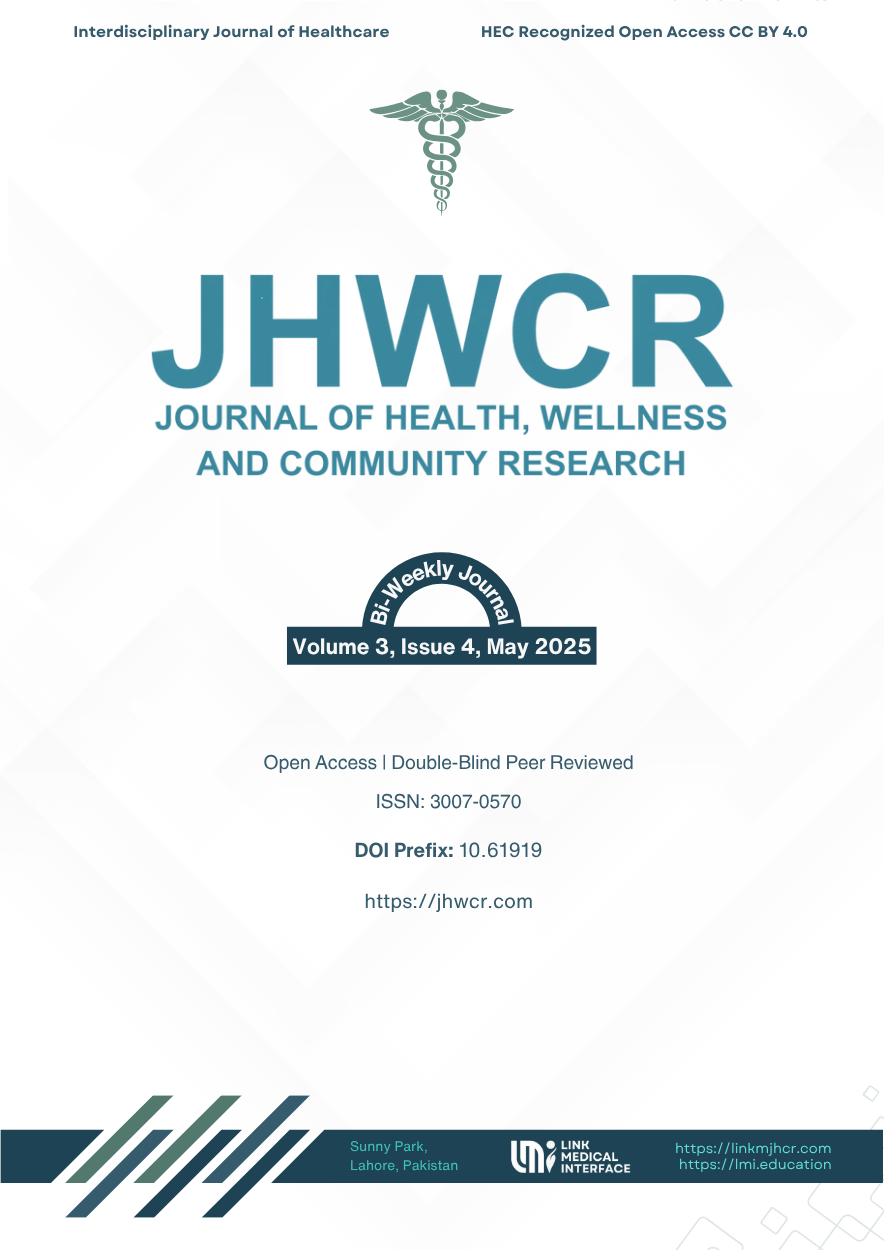Comparison of the Effects of Articaine and Lidocaine Anesthetics on Blood Pressure Following Maxillary Infiltration Technique
DOI:
https://doi.org/10.61919/0jr4fa19Keywords:
Lidocaine; Articaine; Epinephrine; Blood pressure; Heart rate; Buccal infiltration; Root canal treatmentAbstract
Background: Hemodynamic responses to vasoconstrictor-containing local anesthetics are clinically relevant in endodontics, particularly for patients with cardiovascular risk. Evidence comparing 2% lidocaine (1:80,000 epinephrine) and 4% articaine (1:100,000 epinephrine) during maxillary infiltration remains mixed, with prior trials often underpowered and variably controlling for anxiety. Objective: To compare short-interval changes in blood pressure and heart rate following maxillary buccal infiltration with lidocaine versus articaine in healthy adults. Methods: In a double-blind randomized clinical trial at a single academic center (January 2024–May 2025), 160 ASA I participants (18–60 years) undergoing non-surgical root canal therapy were randomized to receive 1.8 mL lidocaine or articaine. Anxiety was screened using the Modified Dental Anxiety Scale; only low-anxiety participants were included. Systolic and diastolic blood pressure and heart rate were measured after a 15-minute rest (baseline) and 10 minutes post-injection. Within-group changes used paired t-tests; between-group comparisons used independent t-tests with 95% CIs and effect sizes. Results: Lidocaine produced minimal changes (systolic +0.51 mmHg, p=0.014; diastolic +0.27 mmHg, p=0.124; heart rate +0.68 bpm, p=0.003). Articaine increased systolic and diastolic pressures by +4.41 and +3.30 mmHg, respectively (both p<0.001), and heart rate by +2.76 bpm (p<0.001). At 10 minutes, articaine exceeded lidocaine for systolic (+2.33 mmHg, 95% CI +0.64 to +4.02; p=0.006) and diastolic (+1.91 mmHg, 95% CI +0.59 to +3.23; p=0.003) pressures; heart rate difference was not significant (+1.57 bpm; p=0.064). Conclusion: Both agents were hemodynamically safe in healthy adults; articaine produced small but statistically greater pressor effects. Lidocaine may be preferred when minimizing circulatory changes is prioritized.
References
1. Raja SN, Carr DB, Cohen M, Finnerup NB, Flor H, Gibson S, Keefe FJ, Mogil JS, Ringkamp M, Sluka KA, et al. The revised International Association for the Study of Pain definition of pain: concepts, challenges, and compromises. Pain. 2020;161(9):1976-1982. doi:10.1097/j.pain.0000000000001939
2. Cepeda de Romero B, Moreno Gómez JA, Rodríguez LD, Romero FA. Effect of articaine on blood pressure and heart rate in implant surgery. Oral Health Dent Sci. 2024;8(4):1–6.
3. Chen X, Cao J. Local Anesthetic Techniques in Oral and Maxillofacial Surgery. InAnesthesia for Oral and Maxillofacial Surgery 2023 Jan 1 (pp. 83-89). Singapore: Springer Nature Singapore.
4. Malamed SF. Handbook of Local Anesthesia. 6th ed. St. Louis: Elsevier; 2013.
5. Moaddabi A, Soltani P, Zamanzadeh M, Nosrati K, Mollamirzaei M, Cernera M, Spagnuolo G. Comparison of the effects of articaine and lidocaine anesthetics on blood pressure after maxillary infiltration technique: a triple-blind randomized clinical trial. Int J Dent. 2021;2021:8894160. doi:10.1155/2021/8894160
6. Kim H, Hwang K, Yun SM, Kim DJ. Usage of epinephrine mixed with lidocaine in plastic surgery. J Craniofac Surg. 2020;31(3):791-793.
7. Makwana SP. Comparison of efficacy of 4% articaine hydrochloride and 2% lignocaine hydrochloride for the orthodontic extraction of bilateral maxillary permanent first premolars. J Orthod Endod.
8. Depounti A, Goff T. Septocaine (articaine hydrochloride 4% and epinephrine 1:100,000): A local anesthetic to avoid in patients with trigeminal neuralgia (tic douloureux). Int J Oral Maxillofac Surg. 2024;52:64-65..
9. Albalawi F, Lim JC, DiRenzo KV, Hersh EV, Mitchell CH. Effects of lidocaine and articaine on neuronal survival and recovery. Anesth Prog. 2018;65(2):82-87.
10. McDougall JJ, O'Brien MS. Analgesic potential of voltage-gated sodium channel modulators for the management of pain. Curr Opin Pharmacol. 2024;75:102433
11. Ketabi M, Shamami MS, Alaie M, Shamami MS. Influence of local anesthetics with or without epinephrine 1:80000 on blood pressure and heart rate: a randomized double-blind experimental clinical trial. Dent Res J (Isfahan). 2012;9(4):437-442.
12. Muhsin NA, Abdulrazaq SS. Hemodynamic changes following injection of local anesthesia with vasoconstrictor agent in controlled hypertensive patients. Niger J Clin Pract.
13. Li M, Sorensen M, Johnson MA, Ingram SL, Andresen MC, Habecker BA. Hypertension increases sympathetic neuron activity by enhancing intraganglionic cholinergic collateral connections. J Physiol. 2025;603(7):2005-2020.
14. Aliabadi E, Tavanafar S. Effect of 4% articaine and 2% lidocaine both with 1:100,000 epinephrine on hemodynamic changes in impacted mandibular third molar surgery: prospective, double-blinded, randomized clinical trial. Rev Latinoam Hipertens. 2019;14(1):20-25.
Downloads
Published
Data Availability Statement
no
Issue
Section
License
Copyright (c) 2025 Zainab Beg, Shahid Islam, Abu Bakar Shaikh, Sameer Quraeshi, Muhammad Ali, Abdullah Khan (Author)

This work is licensed under a Creative Commons Attribution 4.0 International License.


